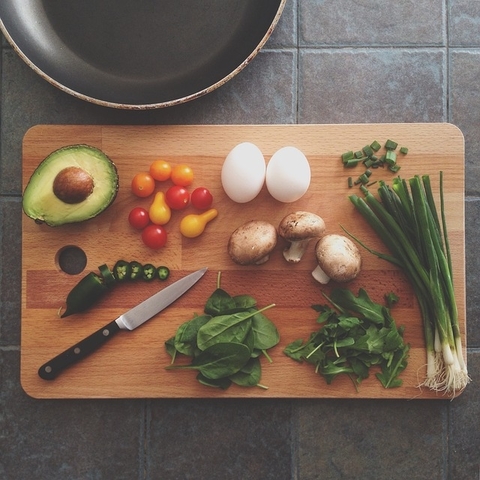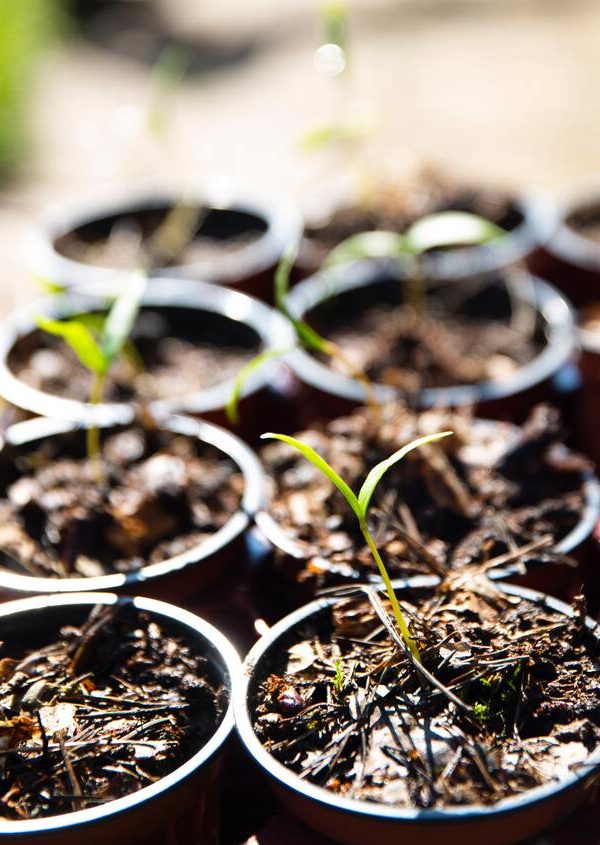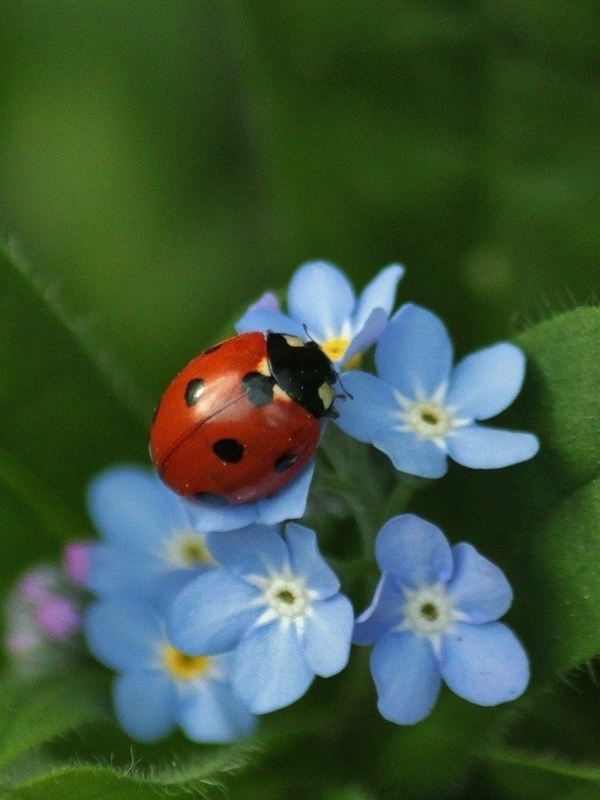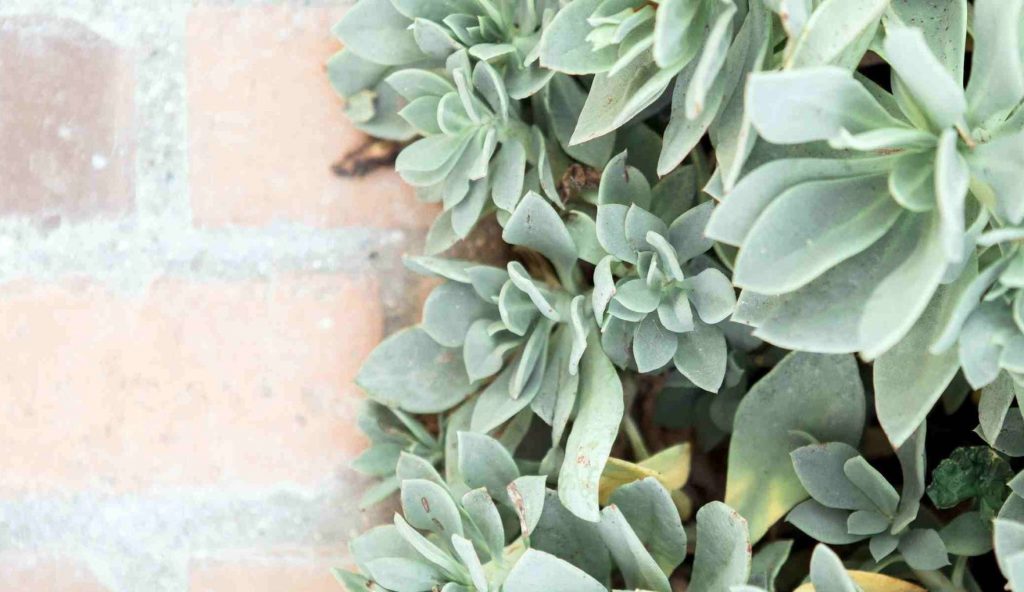Do you know how to grow mushrooms? Biologically, mushrooms are known to be fungi and reproduce by spores. You might have observed some mushrooms growing near tree barks or just near the roots. These fungi grow wildly on other plants or trees when there are wounds on the tree which might be caused by lightning strikes, windstorms, or even improper pruning.
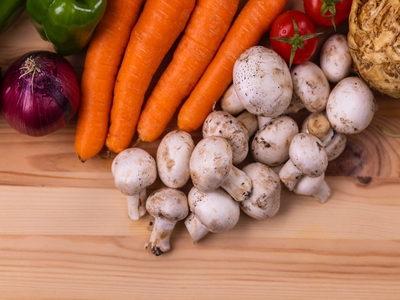
However, some mushrooms are edible while others are poisonous. Mushrooms do well in places where there is low light intensity as well as being in damp conditions.
Some of the benefits of eating mushrooms are improving brain health by boosting your memory, reducing risks of getting diabetes & cancer, and strengthening bones.
Start growing mushrooms in your organic garden! It is as easy as growing other healthy vegetables, like tomato, onion, and pepper.
Steps on How to Grow Mushroom at Home
Are you interested in growing your mushrooms for home use or commercially? You can even grow mushrooms in an indoor smart garden. Here are some of the steps you need to follow to succeed in mushroom farming:
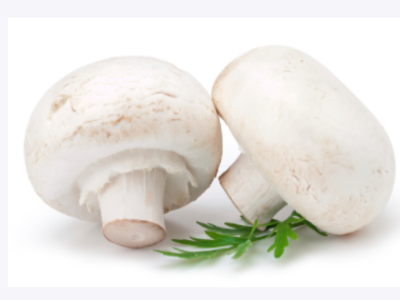
Step 1: Prepare the mushroom compost
Mushroom compost supplies nutrients necessary for the growth of mushrooms as well as improving the soil’s water retention. The ingredients are stacked in rectangular piles with tight sides and a loose center. The pile should be made wet by using water.
Aerobic fermentation occurs which produces heat, ammonia, and carbon dioxide. Note that there must be nitrogen supplements involved in the process.
Examples of nitrogen supplements are chicken manure, peanuts, cotton, and seed meals of soybeans. Additionally, you could also add gypsum, which makes the compost less greasy.
Step 2: Pasteurize the mixture
Pasteurization should also be done to kill any fungi, pests, or even nematodes that might be in the compost. You are expected to purchase the substrate which could either be straw or wood chips. Chop them into small pieces and then insert them in boiling water. You are supposed to let them boil for about 30 minutes then remove them to cool down.
Step 3: Getting spawn
Spawn is used in the place of seed for mushrooms. You have to prepare your spawn or you could just buy the already made one. You will have to pour boiling water over it then let it cool and drain off the excess. The main essence of doing that is to kill yeast and other fungi.
You can store spawn in a cool room if you are using it within a week or refrigerate it if you are to use it after a long period. Qualities of a good spawn include having; strand growth of the mycelium, growth of fresh spawn in less white, and having a proper coating of the mycelium around every grain as a substrate for the spawn.
Step 4: Packing the spawn and substrate
After preparing the spawn and substrate respectively, it is time to pack them up. They are packed in special plastic bags. It is recommended to pack the substrate to a depth of about two to three inches before sprinkling the spawn on top.
Step 5: Pinning
You are supposed to keep the growing areas at around 78 degrees and block all points that could let the light in the room. If pinhead mushrooms start developing, it is time to move to the next step.
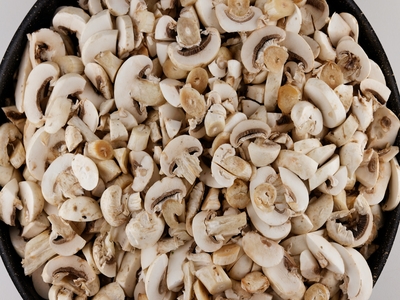
Step 6: Cropping
Ventilation is essential for growing mushrooms as well as high humidity. The most appropriate temperature for this stage is 65 to 70 degrees. You should cut away the plastic bags to promote the growth of mushrooms.
Step 7: Harvesting
Mushrooms are hand-harvested by having the base trimmed or twisting the stem near to the growing block and cleaned. Freshly harvested mushrooms are supposed to be kept in a cool place of about 35 to 45 degrees. You should not store the mushrooms in plastic bags.
Common Mistakes to Avoid When Growing Mushrooms at Home
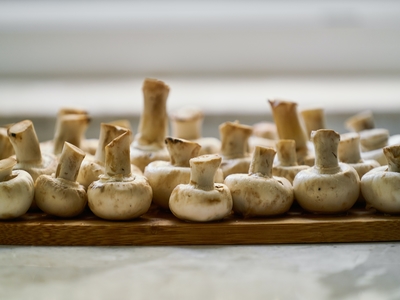
Some factors contribute to the failure of your mushrooms. These factors may include the initial process of preparing the compost, the conditions you are growing the mushrooms, or even the species you are growing. Common mistakes to avoid are:
1. Growing with light
Mushrooms are known to do well in dark places or places with dim light. The greatest mistake would be growing your mushrooms where there is a lot of light the whole time.
Mushrooms do not require much light since they lack chlorophyll. Too much light may cause the fruiting bodies not to sprout. Note that mushrooms growing in the dark preserve moisture necessary for the sprouting.
2. Wrong temperature and humidity measure
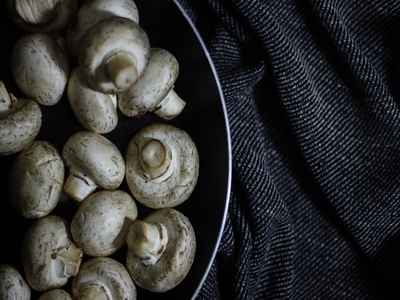
Mushrooms are supposed to be grown in a room where the humidity is kept at a constant relative humidity between 80-90%. The temperatures should range from 55 to 69 degrees.
Temperatures below 55 degrees would stop the growth of mushrooms while very high temperatures would kill the mushrooms.
3. Incomplete sterilization
Beware that if you do not sterilize as required, it may lead to contamination of the mushrooms. A common sign of contaminated mushrooms is having black, green, or blue patches.
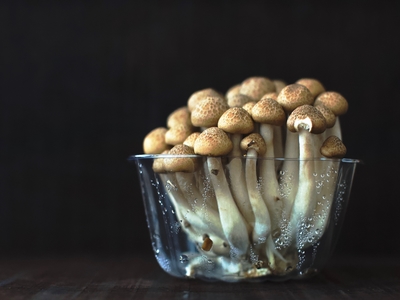
4. Poor Ventilation and Hygiene
Just like any plant, mushrooms require good ventilation to grow well. You could use a fan to push fresh air at least four times per hour in the room.
The room should also be kept clean to avoid the growth of foreign things that would contaminate or affect the growth of the mushrooms.
Grow Your Mushrooms Effortlessly at Home
Mushrooms are vegetables that contain vitamin B riboflavin and niacin. Mushrooms are also good sources of selenium and potassium. You could research more on the various mushroom species and get to know which one could be most suitable for you as a gardener.
While packing your mature mushrooms to preserve or take to the market, please do not make the mistake of washing the mushrooms with water. It is advisable to just use a brush to eliminate the soil particles on the mushrooms.
Happy Gardening!
